
The Buzz on Bee Gardening—supporting critical pollinator insects
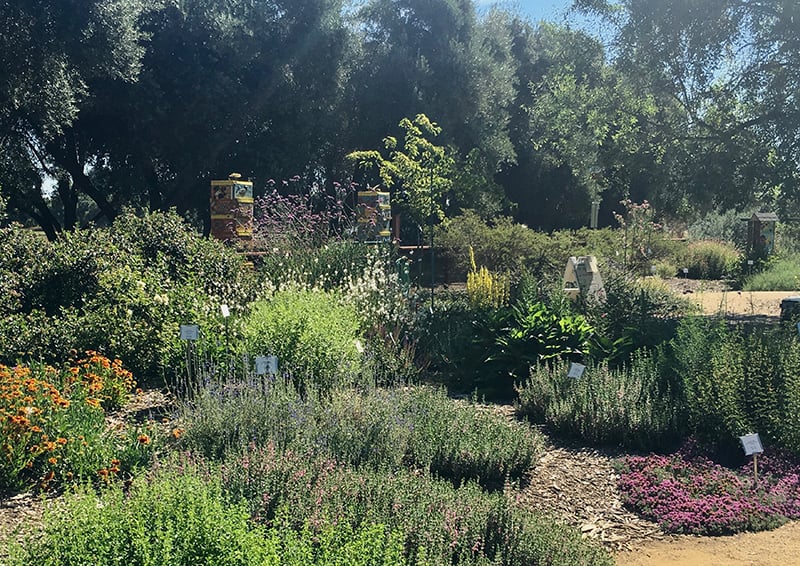
Contributor
- Topics: Growing for Biodiversity
Surrounded by agricultural fields on the western edge of the University of California (UC) Davis campus, the Häagen-Dazs Honey Bee Haven is a small but important resource for plant and bee lovers. The Haven, as it is called, is a public garden dedicated exclusively to educating and inspiring visitors about bees. Home to over 200 plant taxa and 80 bee species, the Haven is distinct from other gardens because it is managed by bee researchers and used for the ongoing study of bees.

Why a garden just for bees?
As both honey bee and wild bee health issues became increasingly urgent in the mid-2000s, the Häagen-Dazs company recognized that many of their ice cream ingredients depend on bee pollination. Concerned about the need for public awareness about bees, in 2009 the company partnered with the UC Davis Department of Entomology and Nematology and the California Center for Urban Horticulture to realize their vision of an educational bee garden.
A national design competition was held, and the winning design—created by the Sausalito, California team of Donald Sibbet, Ann Baker, Jessica Brainard, and Chika Kurotaki—was installed that fall. The Haven has evolved from the original design, changes informed by our ongoing research and new program needs, but we remain firmly committed to our mission of bee pollinator education.
What the Haven does
The Haven is a widely-used community resource, reaching about 6,000 visitors annually onsite and nearly 100,000 virtually. Visitor education is primarily through self- and docent-guided tours, but open houses and classes also provide learning opportunities and help to bring in essential revenue. Haven scientists have conducted ongoing observations of bee-plant interactions since the garden’s creation, resulting in a rich database of information about bee plant preferences for Mediterranean climate garden plants. Student interns and citizen scientist volunteers assist with this work, gaining valuable research experience.

Garden maintenance falls to a dedicated team of volunteers, who perform plant maintenance, conduct outreach, and help create interpretive displays like our analemmatic sundial. Sundials are used by humans to tell time using the angle of the sun (which changes over the seasons) while honey bees use the angle of the sun relative to the hive to navigate between food sources and the hive.

Gardens matter—selecting plants for bees
Like us, most bees do best when they have a varied diet, and many studies of bee decline have documented the importance of access to ample, high-quality food to bee health. Declining food quality and quantity is a critical issue facing all bee species. American gardens and commercial landscapes contain millions of acres of turf and other non-bee-supporting plants that could be replaced with bee forage to alleviate this stress. Teaching visitors what and how to plant for bees is a key component of our outreach program.
One misconception about bees and gardens is that all flowers are the same. While bee diets are exclusively plant-based, not all plants are created equal when it comes to their bee food value. Some are a source of only one resource, i.e. providing only pollen or nectar but not both. Others may have a low-protein pollen, or pollen that’s inaccessible. Some plant nectars are rich in important phytochemicals, while others may be of lesser quality or produced in small quantities.

Best practices for plant selection include: 1) choose plants from more than one plant family to provide a range of bee nutrients; 2) select a variety of flower shapes and sizes to accommodate bees of various sizes; 3) plant for three to four season bloom, depending on climate; and 4) plant a number of individuals in a patch to facilitate bee foraging.
Creating bee habitat in your garden
In addition to food, bees need water and nesting locations in the garden. Soaker hoses and shallow pots with rock or cork perches (bees won’t stand in water) work well as bee water sources. Allow plant debris to accumulate in the water because it leaches out important nutrients. A shallow water source will evaporate frequently, eliminating mosquito concerns. If a pond is used by bees, the biological insecticide Bacillus thuringiensis israelensis kills mosquito larvae but is harmless to bees. At first, we used bespoke concrete blocks with grooves to catch dripping water to serve as a source in the Haven, but we’ve found that bees will not use these and have switched to soaker hoses.

Habitat loss is another critical issue for bee health. Unlike honey bees, which live in colonies with a queen and worker bees, most bees are solitary. The majority of bee species—about 70 percent—build their nests underground. It’s essential to leave small areas of bare soil in the garden, as these bees can’t go through mulch, turf, or other groundcovers to nest.
The remaining 30 percent of solitary bee species nest aboveground in old insect galleries underneath tree bark, using mud, leaf or flower pieces (depending on the bee species) to fill their nests. It’s become popular to place bee houses or nest blocks in gardens to recreate this habitat. Unfortunately, many of these are badly designed and are not correctly sized for bees. It’s also possible that large numbers of these clustered together can contribute to disease spread among bees or may attract wasps. It’s best to use just one or two small, correctly-sized blocks or to place logs in the garden. The ideal bee block will be made of untreated wood, is stationary, is placed out of afternoon sun, and has tunnels that are four to six inches deep and 3/16 to 5/16 inch in diameter. More information on building bee blocks can be found here.

The importance of bees in western gardens
As they feed exclusively on plant pollen and nectar, bees are adapted to efficiently collect large quantities of each. They can move from agricultural fields to gardens and parks, which means the bees you’ll see in your garden are likely important pollinators of crops, wild plants, or both. For example, carpenter bees and bumble bees perform a specialized behavior called buzz pollination that allows them to pollinate solanaceous crops (plants in the family Solanaceae) like tomatoes that honey bees cannot pollinate.

How to learn more
The Haven is open daily; both parking and admission are free. We’re a short drive from both Interstates 5 and 80. Directions, more information, links to social media, and details about public events can be found at https://beegarden.ucdavis.edu. The book California Bees and Blooms: A Guide for Gardeners and Naturalists from Heyday Books is a recommended resource.

Christine Casey, cacasey@ucdavis.edu, UC Davis Department of Entomology and Nematology, 1 Shields Avenue, Davis, CA, 95616
Share:
Social Media
Garden Futurist Podcast
Most Popular
Videos
Topics
Related Posts
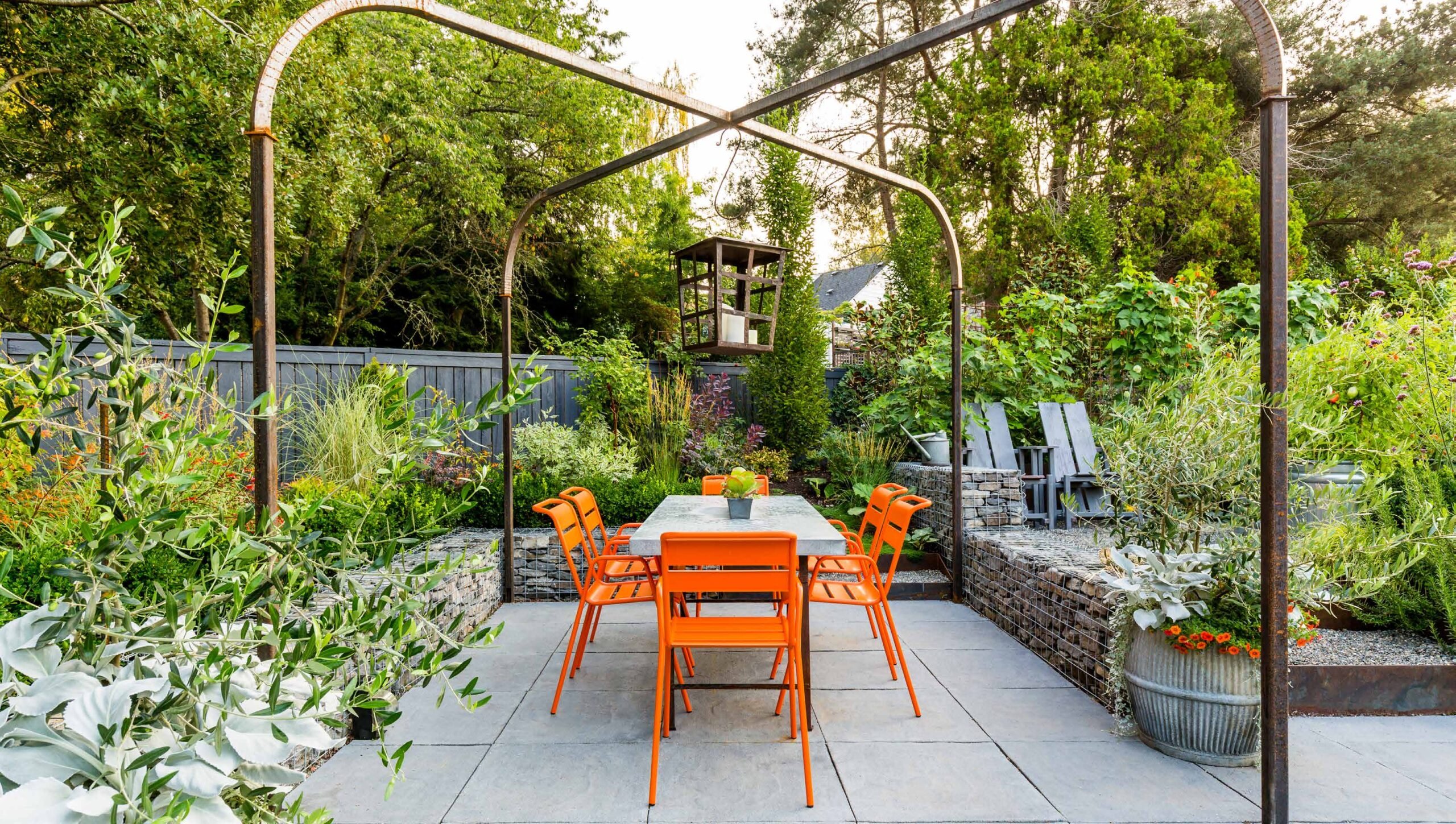
Design Futurist Award Announced: Committee Shares Vision
March 8, 2023 At Pacific Horticulture, we believe that beauty can be defined not only by gorgeous plants and design, but also by how gardens
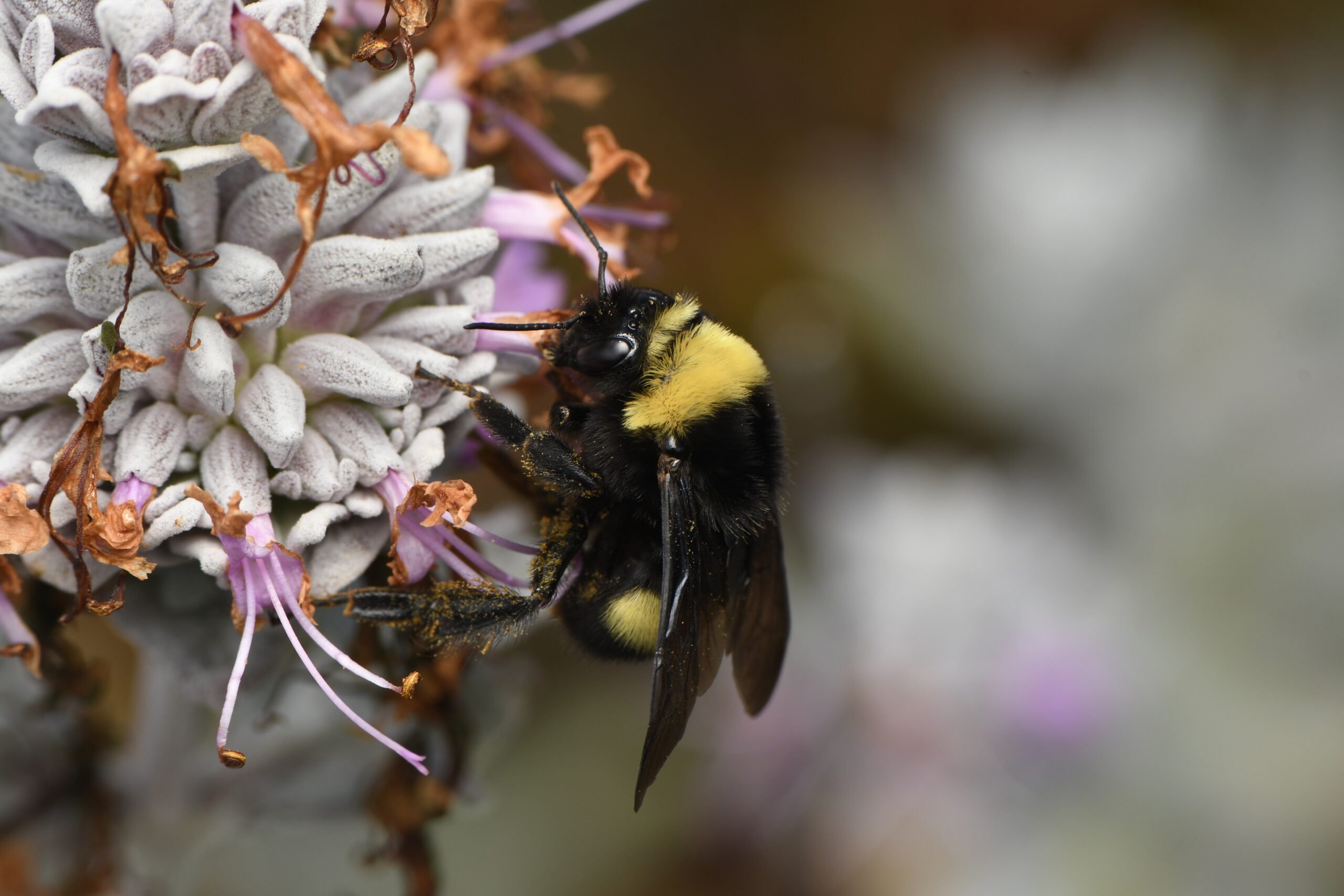
Native Bees and Your Garden
Winter/Spring 2023 The native bees in and around our gardens face ever-increasing environmental pressures as they carry out their pollination duties. More than a quarter
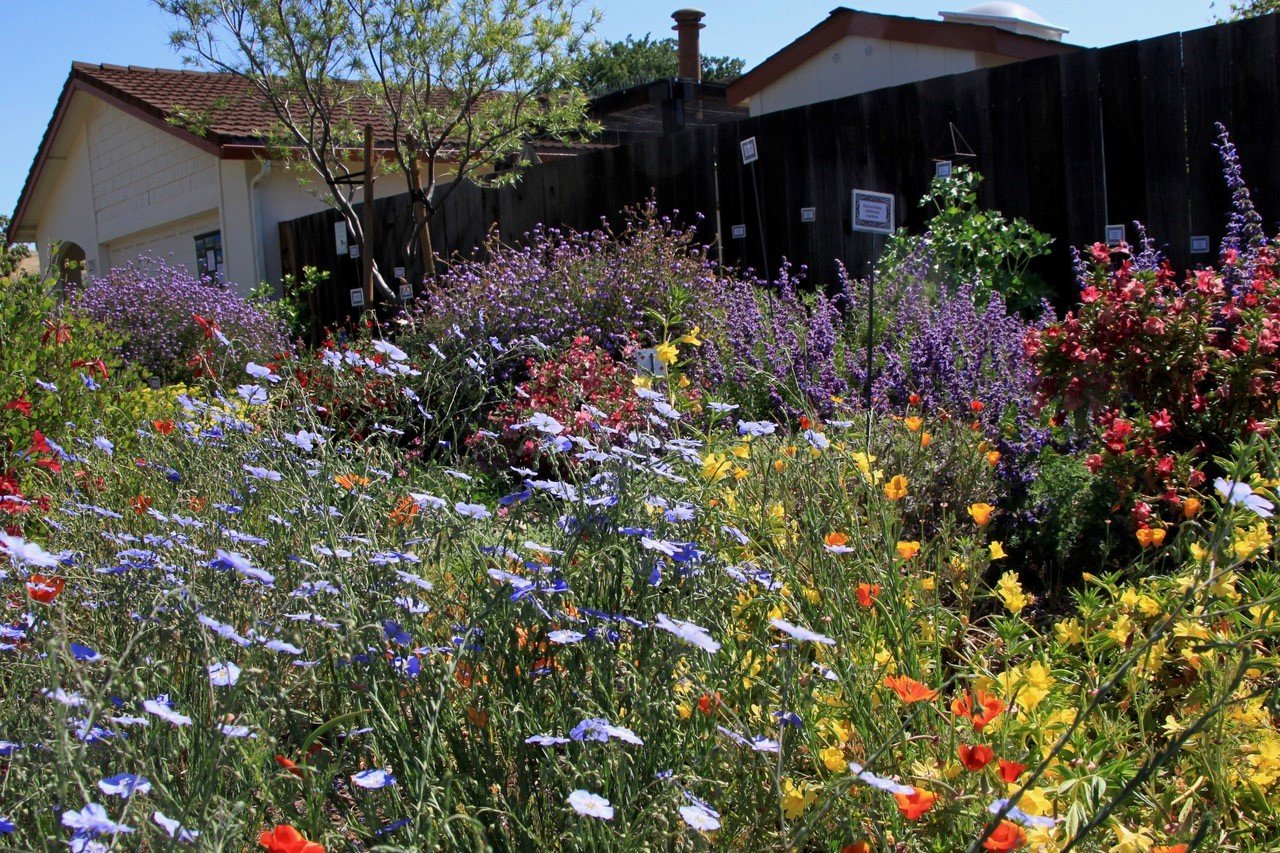
Voices of the West; New Science on Life in the Garden
Did you know that oaks can harbor over 800 species of insects? That includes only those feeding directly on oak, where they feed on every
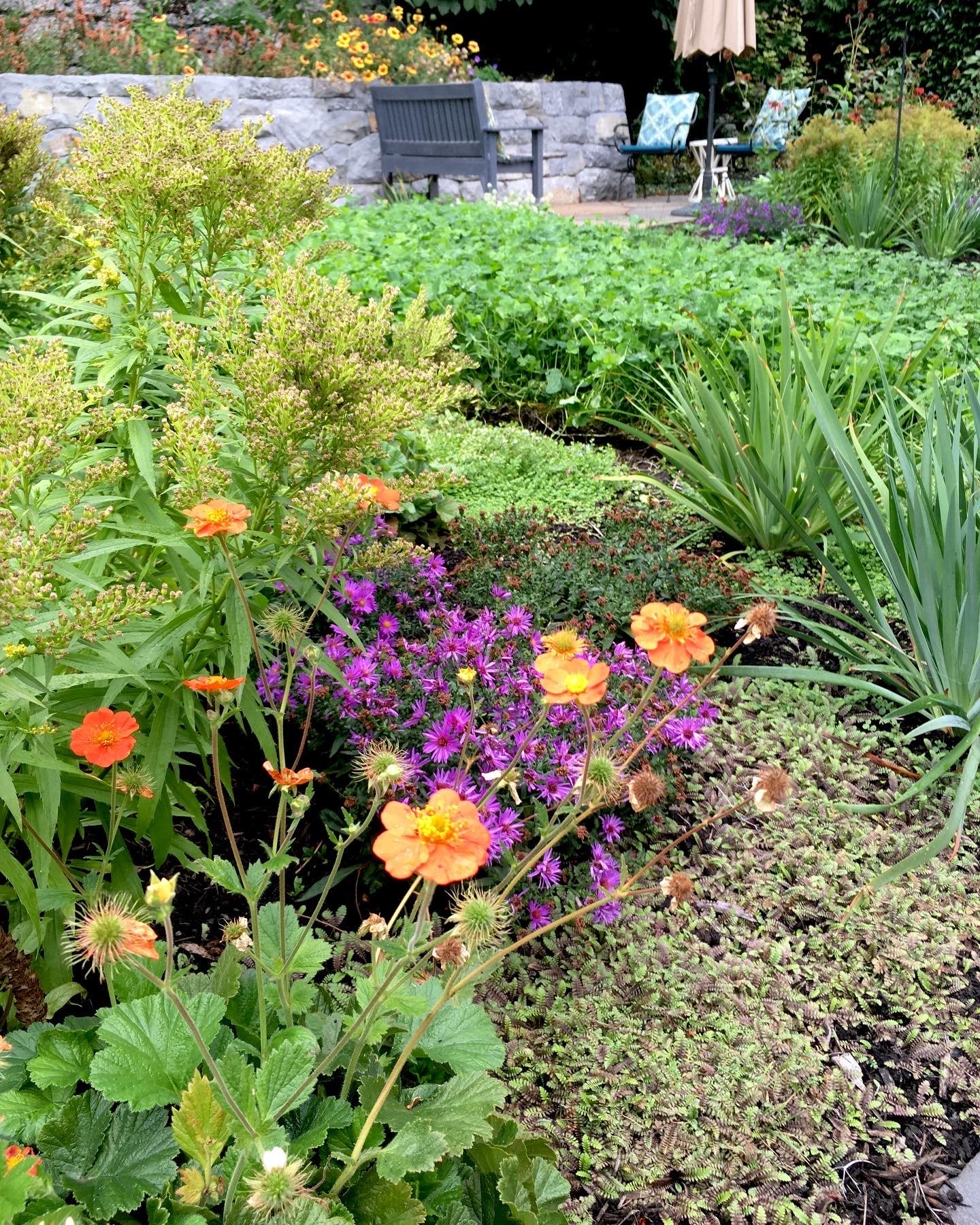
Nature Therapy from the Contemplative Garden
Winter 2022 Women’s hushed morning voices mingled with crashing waves and chattering crows. “The kettle’s still hot.” “Can you pass the honey?” Whoosh, crash, caw,


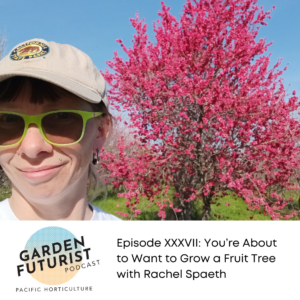
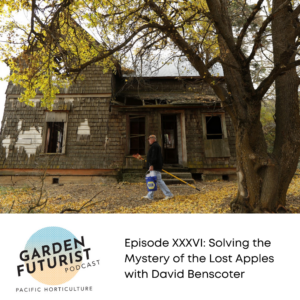
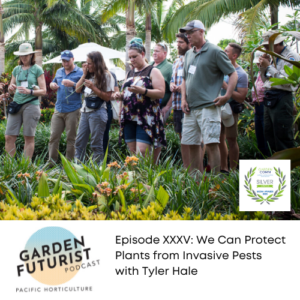






Responses